Smoked paprika is made from smoked mild capsicum peppers dried over oak fires. It has a rich red powder color. It is also known by the names pimentón, Spanish smoked paprika, or sweet smoked paprika.
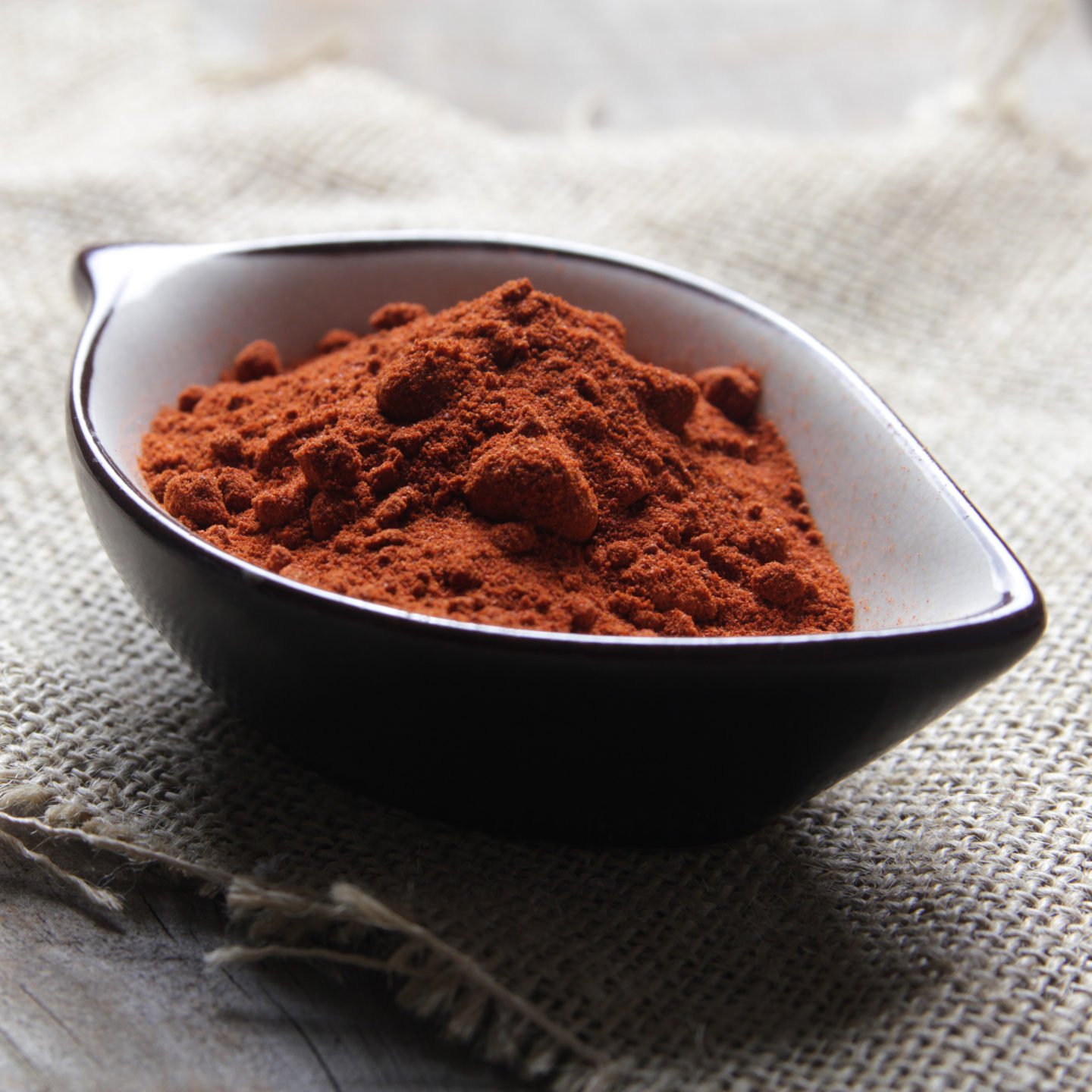
Paprika adds a bit of spice and an occasionally smoky flavor to food. Whether it's cooked with or added afterward for seasoning or garnishing, it gives your meals a boost of meatiness.
If you need a substitute, chipotle powder is the best alternative for smoked paprika in cooking. Other alternatives are powdered Guajillo Pepper, regular paprikas, hot paprikas, Ancho pepper powder, cayenne pepper, tomato paste or powder, liquid smoke, smoked sea salt, Pimenton de la Vera, chili powder, and cumin.
Table of Contents
Best Substitutes for Smoked Paprika
1) Chipotle Powder
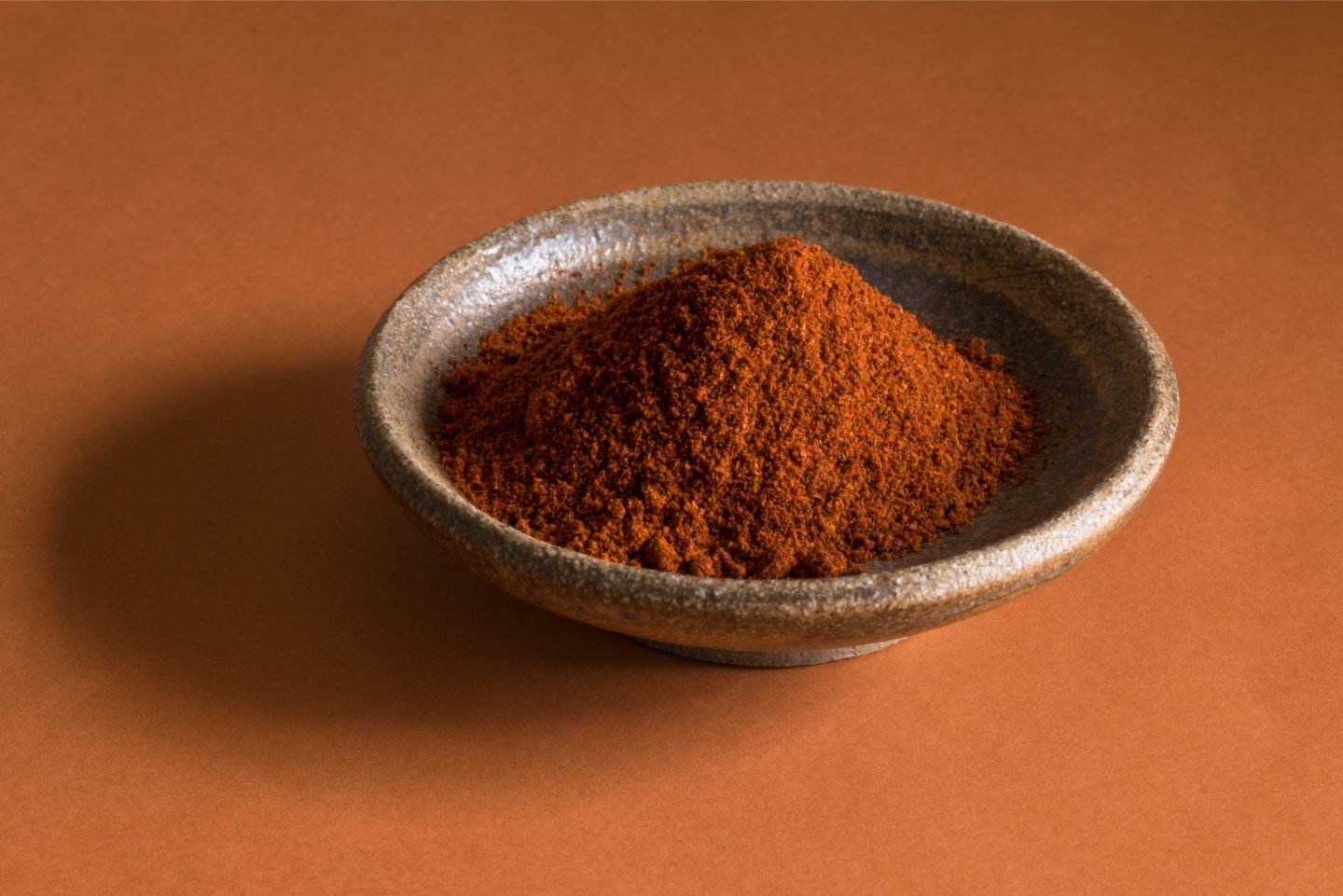
Chipotle powder is smoked paprika’s closest substitute. Smoked paprika is made from chilies, while chipotle powder is made from smoke-dried jalapeño peppers. Rest assured, the spicy flavor is well-replicated.
Chipotle powder provides more spice because jalapeno peppers are somewhat higher on the Scoville scale (capsaicin concentration in food) than smoked paprika. It also has a darker color and a stronger taste than smoked paprika.
When replacing smoked paprika with Chipotle powder, make sure to use the smallest amount possible to avoid an overly spicy dish.
2) Liquid Smoke
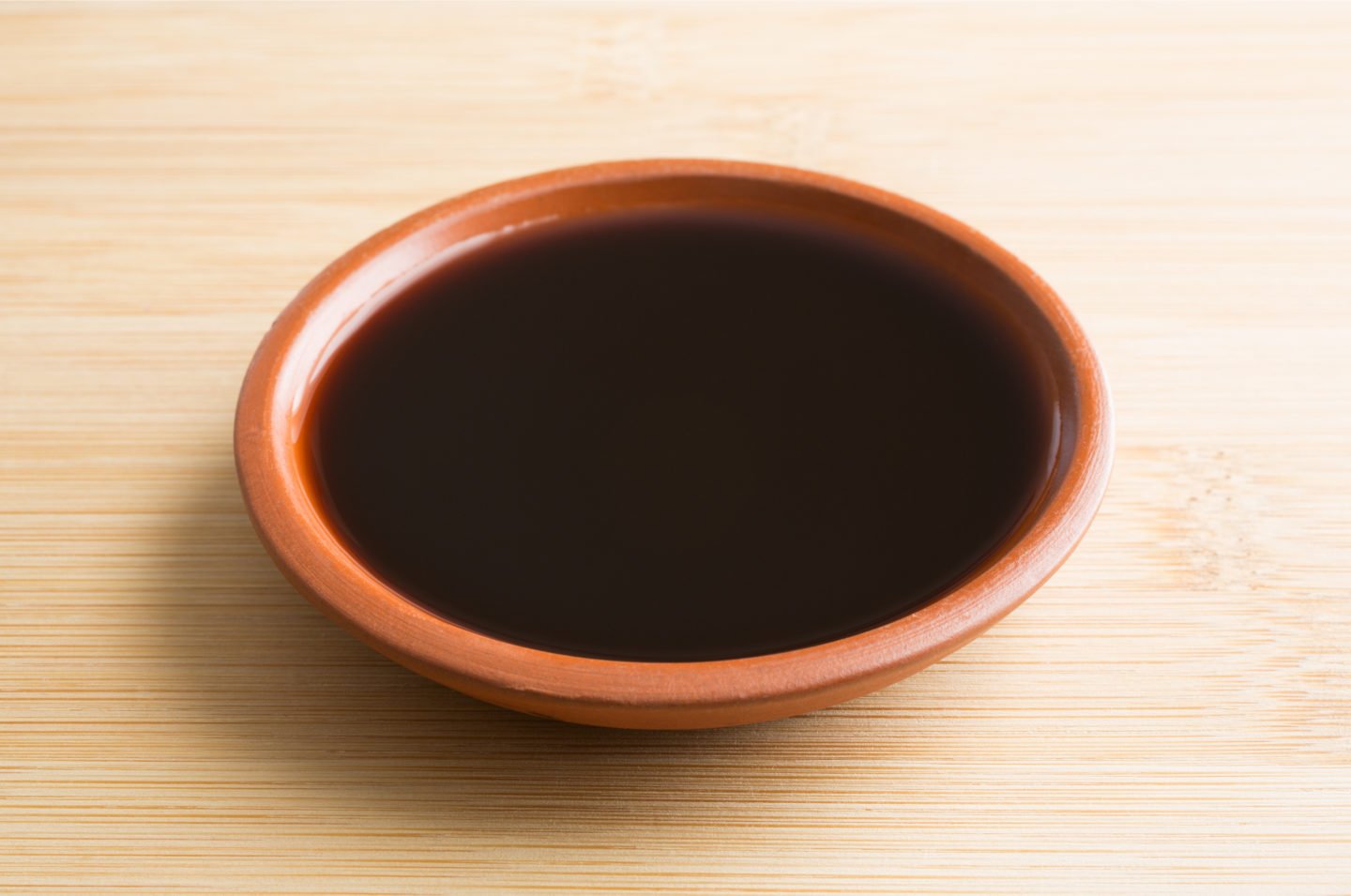
Liquid smoke is an excellent substitute for smoked paprika if the dish requires retaining the smoky flavor. This flavoring agent is produced by burning wood then distilling and filtering its waste. This process delivers this punch of smoky flavor.
Liquid smoke will not give that brilliant red color of paprika, nor will you get any of the paprika flavor notes you may enjoy. All you'll get is the smoky flavor. However, for other foods, that may be all you need.
When using liquid smoke as an alternative, cut back on the amount because its flavor can overpower your dish. In place of smoked paprika, the ratio should be ½ teaspoon liquid smoke for every teaspoon of smoked paprika. You can use another half teaspoon of regular paprika for color.
3) Regular or Sweet Paprikas
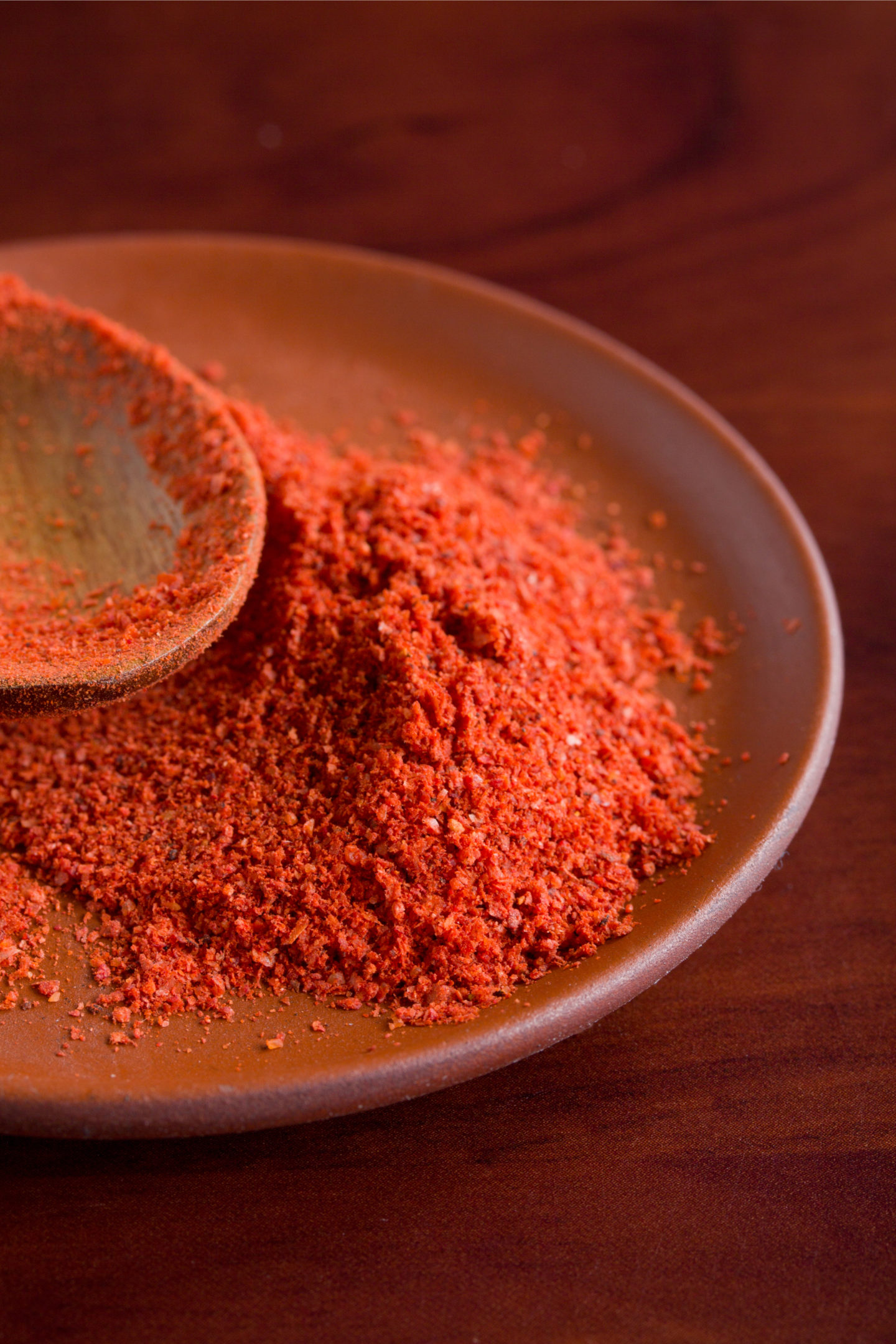
Sweet paprika gives your dish the same red color that smoked paprika does. It has a sweet pepper flavor but isn't spicy. You may add a dash of cumin to obtain that smoky flavor or chili powder to mimic smoked paprika’s spicy flavor.
Mix two parts of regular paprika or sweet paprika and one part of cumin. For example, to make a teaspoon of smoked paprika, add ⅔ teaspoon regular paprika + ⅓ teaspoon cumin.
4) Hot Paprikas
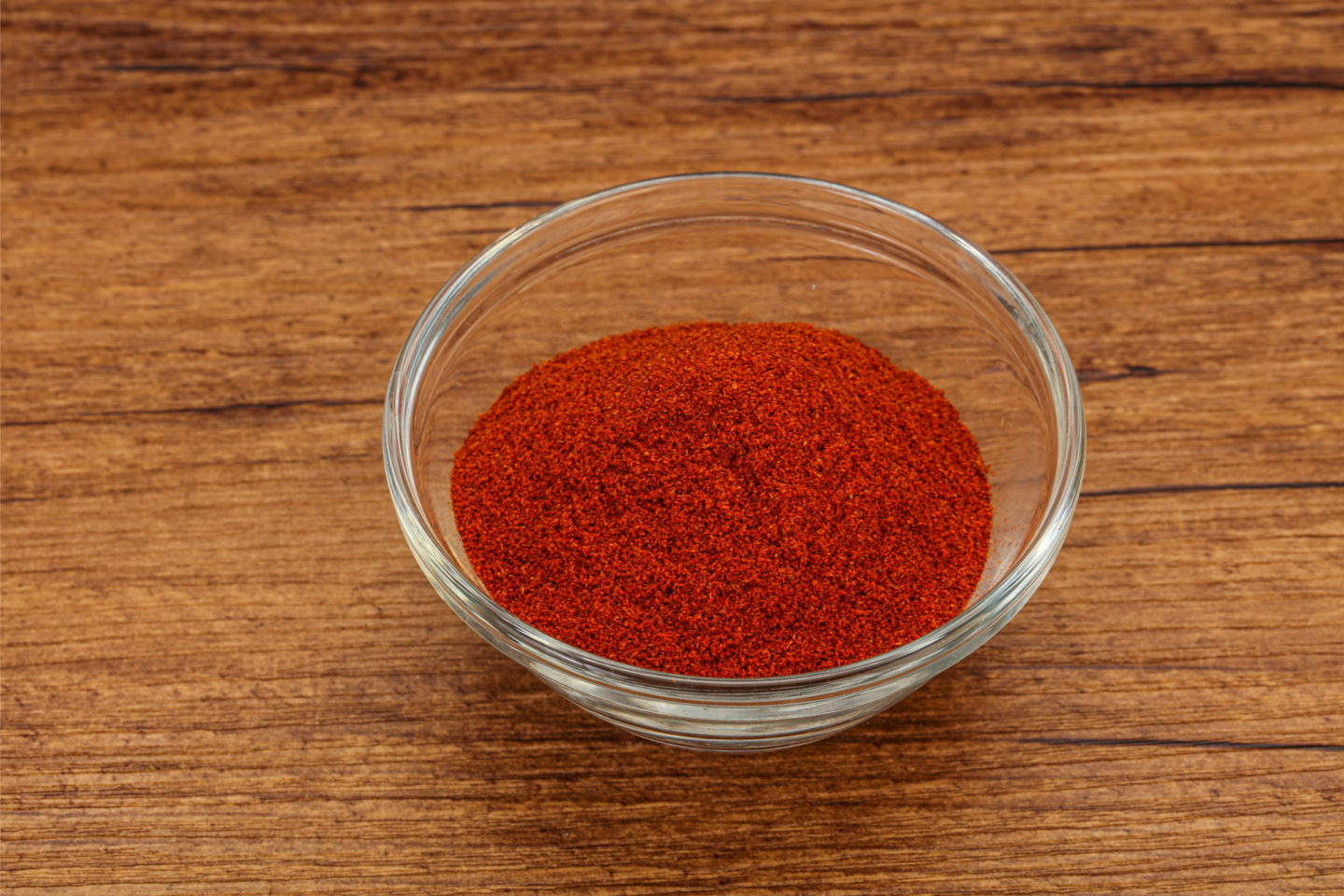
The Hungarian form of paprika, or hot paprika, is widely regarded as superior to the regular one. This version gives any food a peppery, spicy bite. When using hot paprika, keep in mind that it will provide more heat, so start with a small amount and add more as needed.
5) Powdered Guajillo Pepper
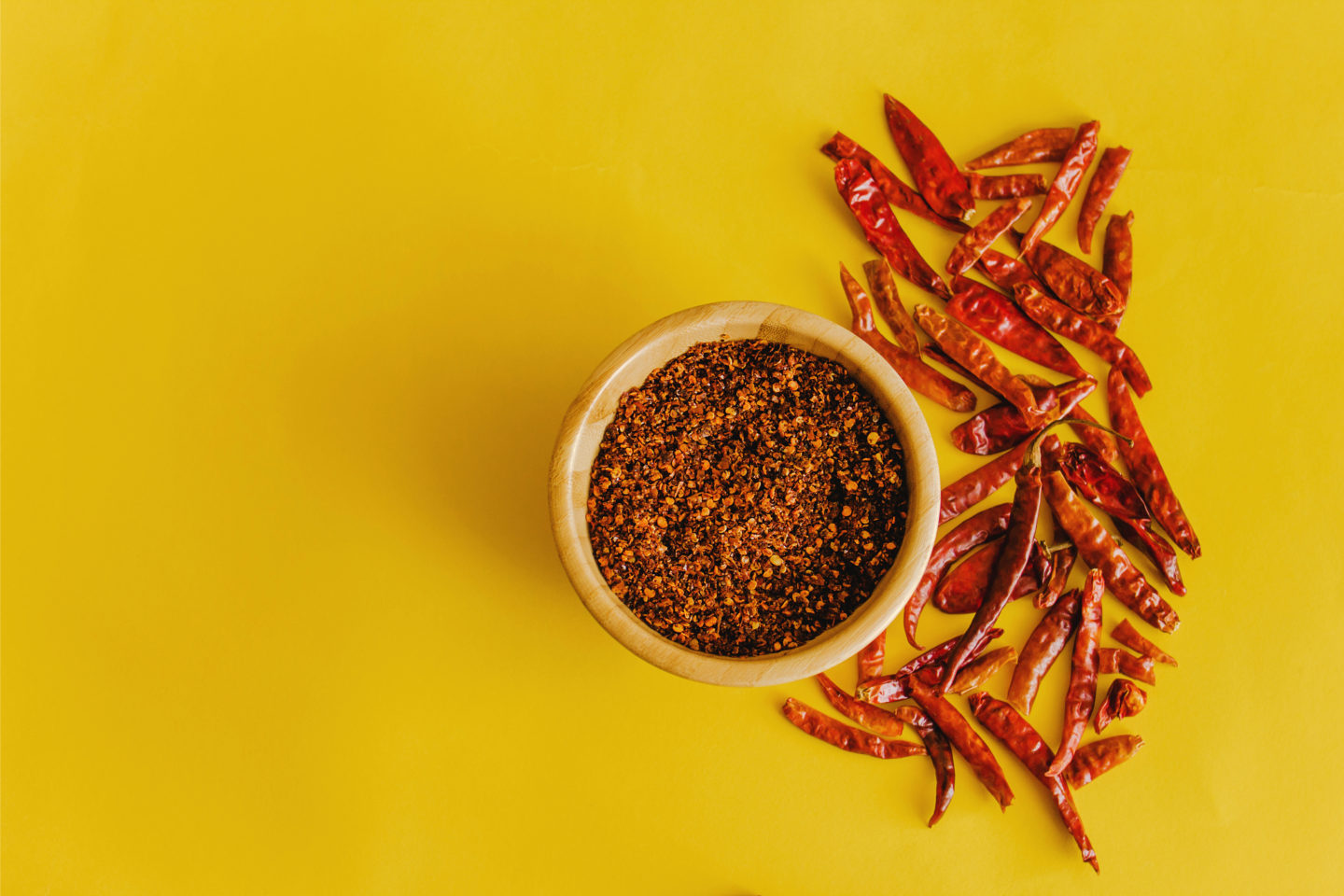
Powdered guajillo pepper has a sweet yet spicy flavor, making it an excellent substitute for smoked paprika. Even the original Guajillo peppers have a naturally smoky flavor. After processing them by smoking and powdering, the smoky, sweet yet spicy flavor is enhanced. However, expect a milder kick from this Mexican pepper than you would from smoked paprika.
Guajillo pepper powder improves the flavor of any meat or vegetable dish. It's a common ingredient in Mexican meals like tacos. Use the same amount of smoked paprika as in the original recipe as a replacement.
6) Ancho Pepper Powder
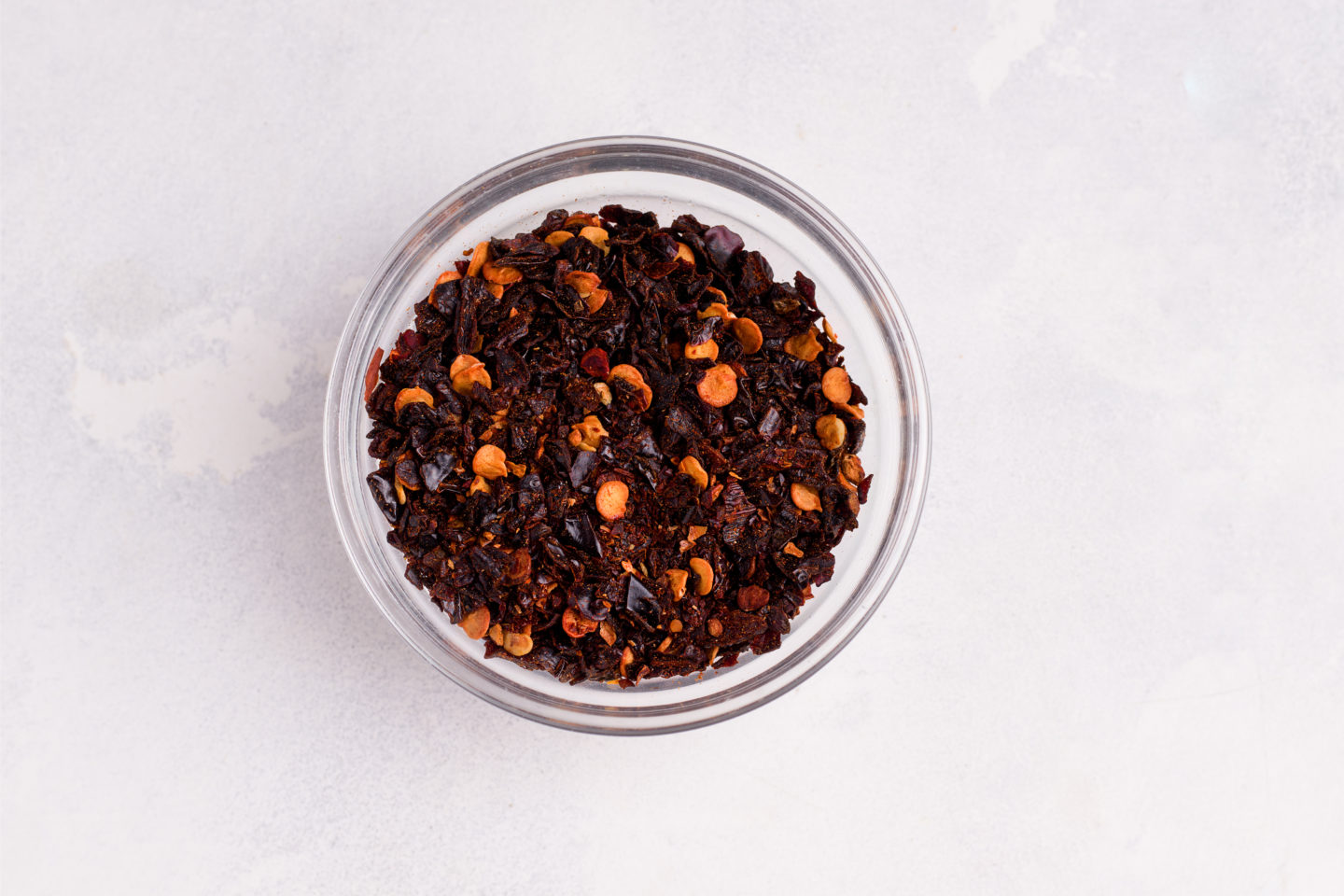
You can also use ancho pepper powder to substitute powdered smoked paprika. Ancho peppers are dried poblano peppers that are less smoky than guajillo and milder than smoked paprika.
Unlike many other chili powders, which have a lot of heat and rank high on the Scoville Scale, ancho chili powder is relatively mild, with very little heat, making it excellent for dishes that don't require a lot of spice. As a replacement, use 1.5 times of ancho pepper powder than you would smoked paprika.
It also has a red color that resembles the beautiful color of smoked paprika. While it won't give your meal the same brilliant color, it can be a good substitute for smoked paprika in recipes that use smoked paprika as garnish.
7) Cayenne Pepper
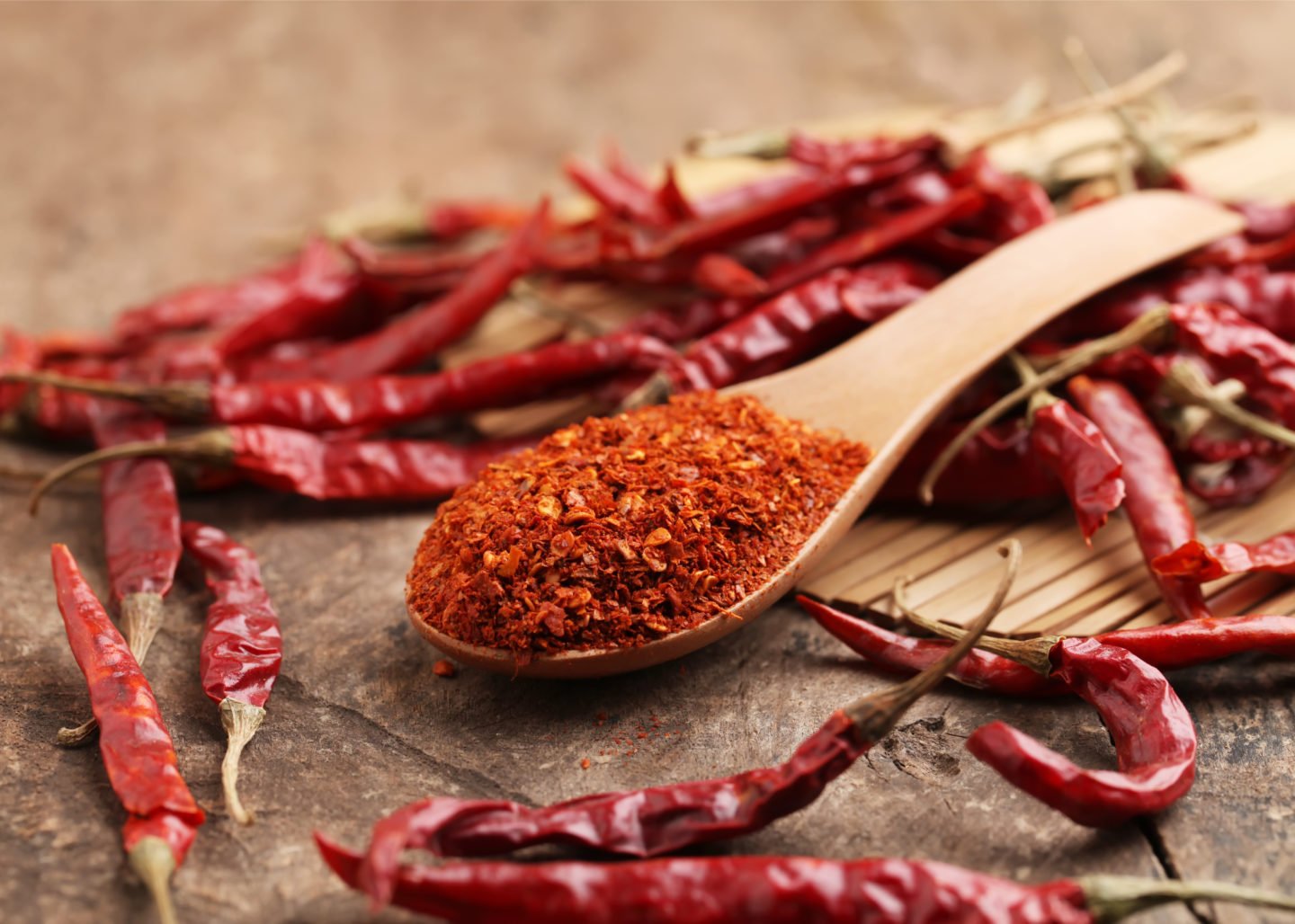
The smoky flavor of cayenne pepper makes it a good replacement for smoked paprika. While it doesn’t have a sweet taste, it has a spiciness that can satisfy your need for spice. It is used for meat rubs, pizza, soup, and desserts.
However, this spice’s capsaicin concentration is quite intense. When using cayenne pepper instead of smoked paprika, start with one-third the amount needed, then gradually increase the spice to achieve the desired taste.
8) Tomato Powder or Tomato Paste
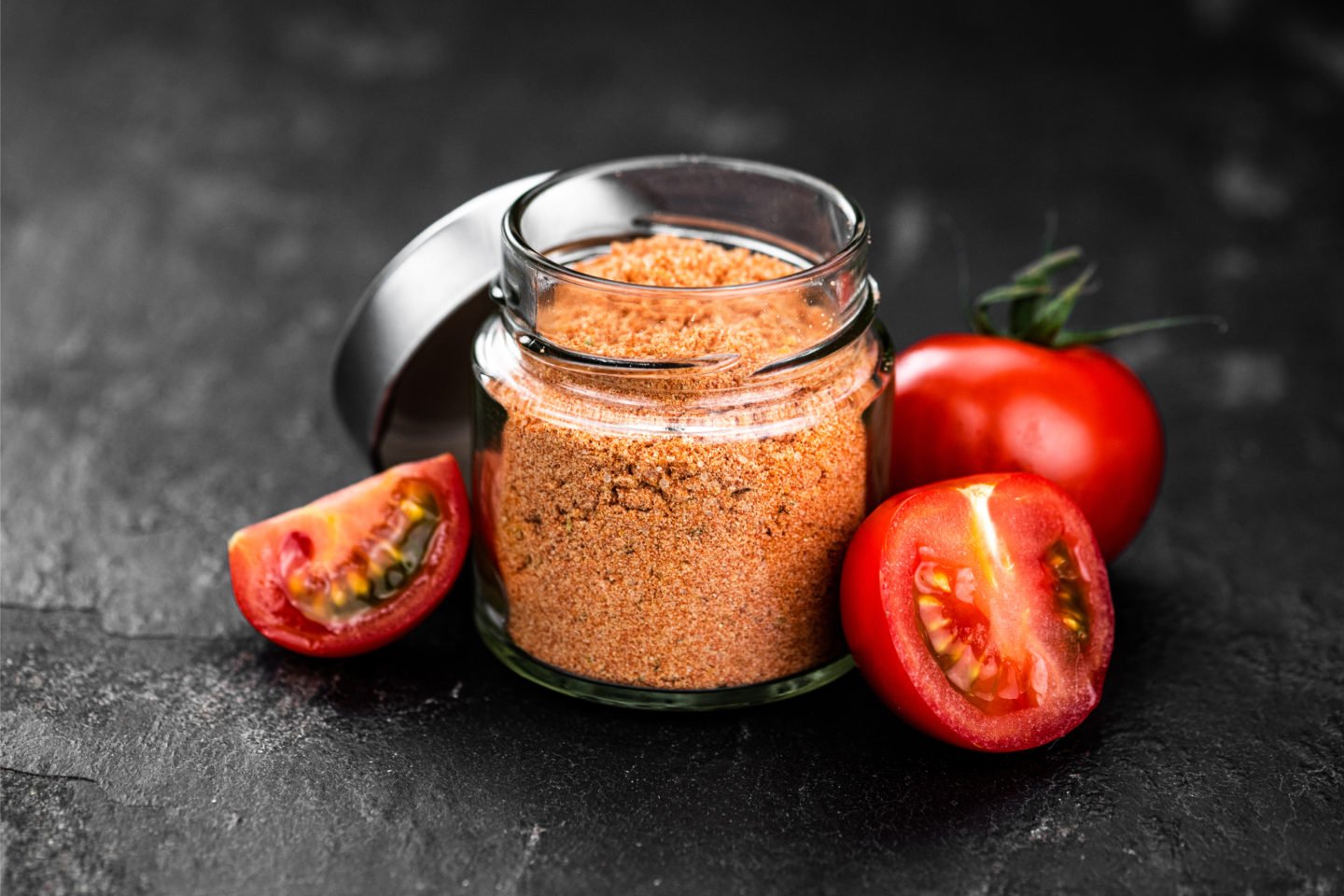
Tomato powder is the next best thing to smoked paprika. It's a good substitute if you want your meal to look red, even if it lacks a smoky flavor. If your recipe requires a strong smoky flavor, you might want to add a pinch of chili powder for some of the heat and smokiness that tomato paste lacks.
You can use tomato paste instead of smoked paprika in soup dishes. It will give your cuisine an excellent color and a hint of sweetness. However, if you use tomato paste, there is a change in the dish’s consistency; thus, the powder form works best to retain the original dish’s texture.
9) Chili Powder and Cumin
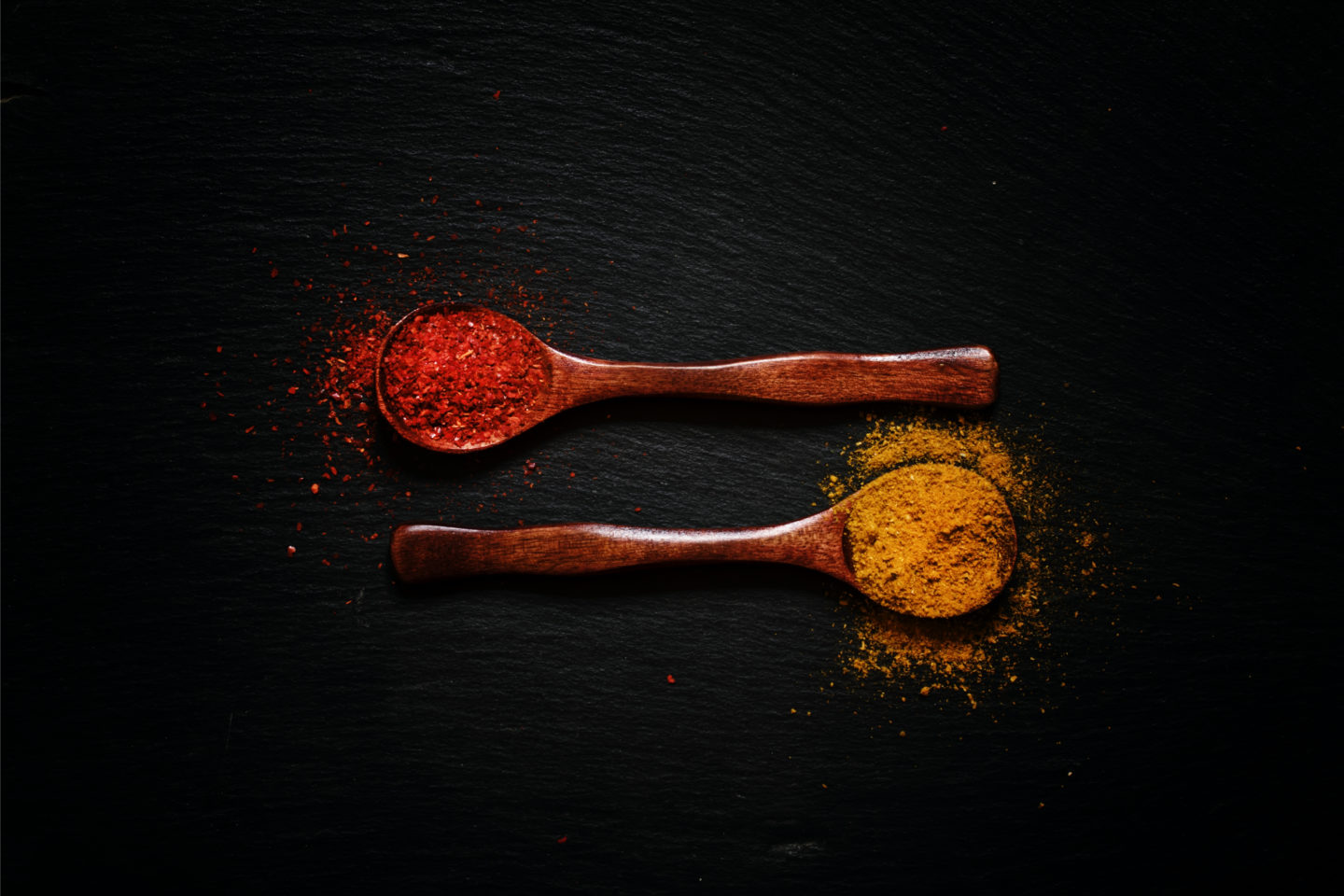
Both of these powders combine their greatest qualities. Because chili powder lacks the smoky flavor of smoked paprika, cumin compensates for it. Paprika is actually used as a cumin substitute. Thus, you can use it the other way around.
Chili powder might be too light, so mix two parts of chili powder into one part of cumin. Then substitute to smoked paprika in a one-to-one ratio.
10) Smoked Sea Salt and Chili Sauce
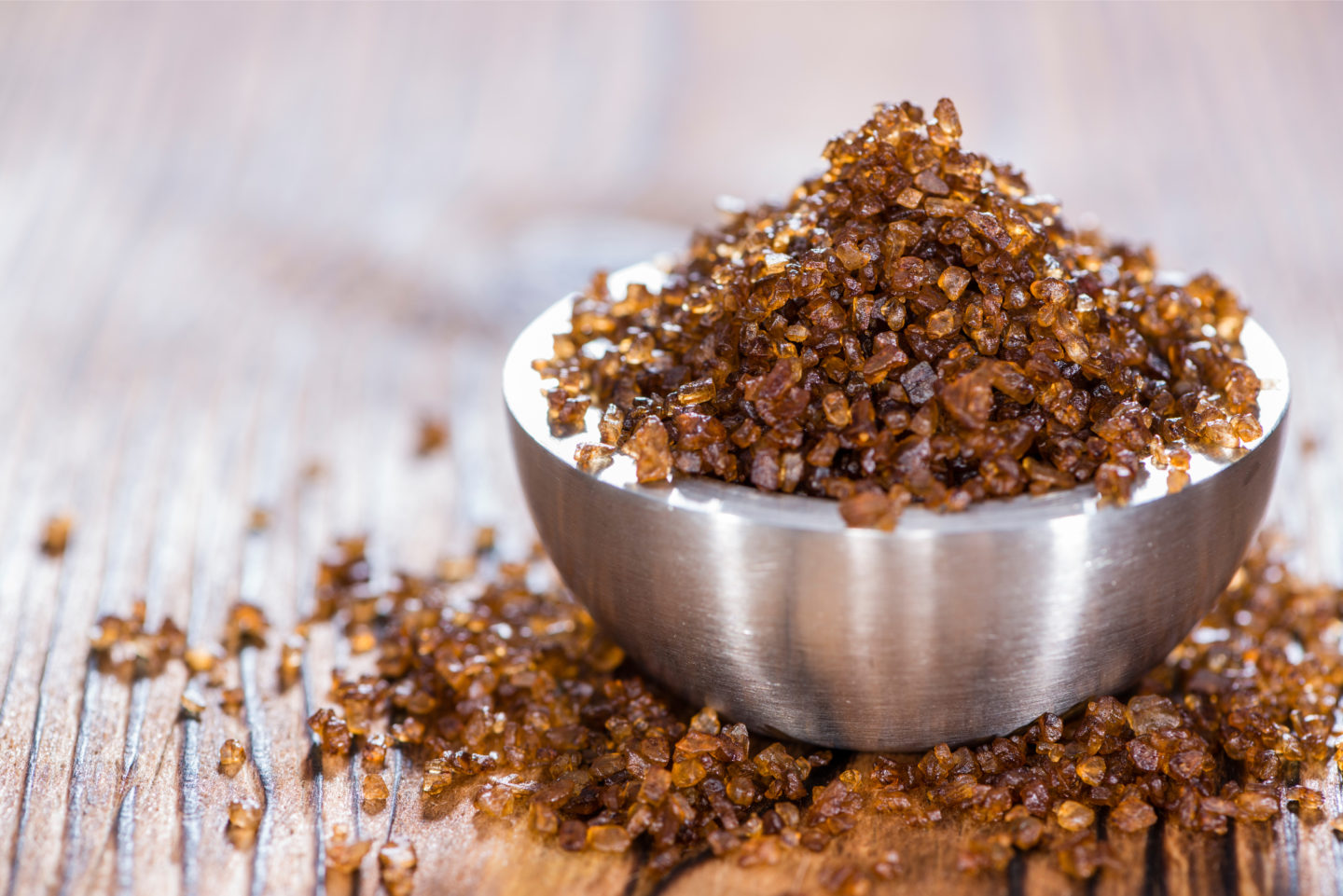
If your recipe requires a mild flavor without other strong spices or ingredients, smoked sea salt can be an alternative to smoked paprika. Smoked sea salt infuses a smoky flavor. Because your dish will not have the red color of smoked paprika, you may add chili sauce.
If you want your dish to taste smoky without smoked paprika, smoked sea salt can be a good option. When substituting with smoked sea salt, don’t add additional salt to your food; otherwise, it will become too salty.
11) Pimenton de la Vera
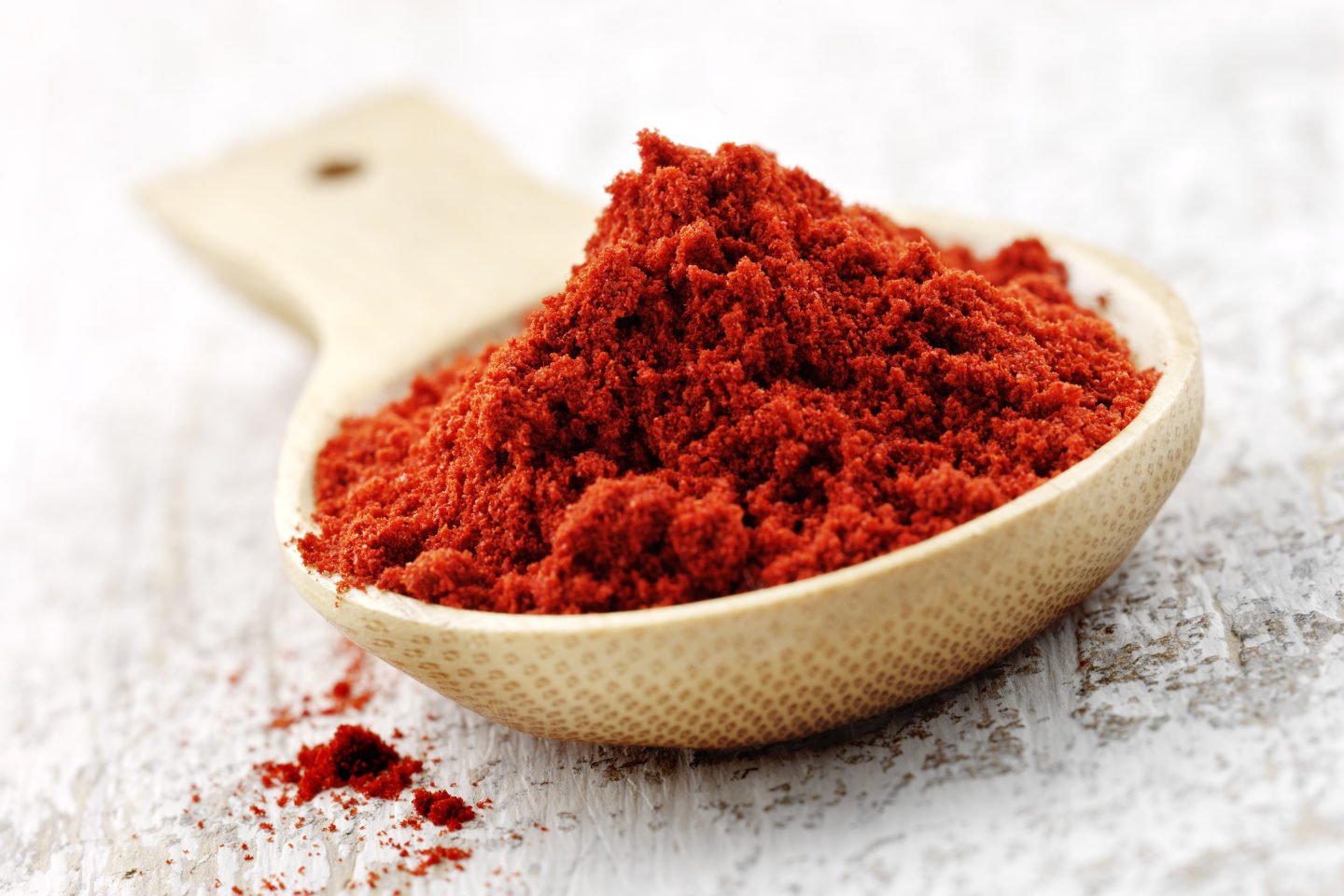
Pimenton de la Vera, or Spanish pimentón powder, is similar to smoked paprika in taste and color. You may substitute one with the other in various Spanish recipes. This spice comes in three levels of spiciness: sweet, bitter-sweet, and hot. As a smoked paprika substitute, choose the hot variety. Use it in a one-to-one ratio of substitution.
Pimenton de la Vera works best with lamb stews, potatoes, and toasted nuts.
Summary Table
| Substitutes | Notes |
|---|---|
| Chipotle Powder | Adds more heat than smoked paprika, which is usually mild. |
| Liquid Smoke | A smoked paprika substitute that retains the original smoky flavor. |
| Regular or Sweet Paprikas | Isn't as hot and doesn't have the same smoky taste as smoked paprika. |
| Hungarian or Hot Paprika | The preferred alternative if you want the same smokiness or heat level. |
| Powdered Guajillo Pepper | Replicates the same aroma and smoky taste but with a milder kick. |
| Ancho Pepper Powder | It's comparable to guajillo pepper but less smoky and even milder. |
| Cayenne Pepper | Gives the color of sweet paprika, but packs more heat than smoked paprika. |
| Tomato Powder or Tomato Paste | Both will give color similar to smoked paprika and add sweetness. |
| Chili Powder and Cumin | Cumin adds a smoky flavor, while chili powder packs some heat. |
| Smoked Sea Salt and Chili Sauce | Contributes a mild, smoky flavor that can replace smoked paprika. |
| Pimenton de la Vera | This Spanish powder mimics smoked paprika’s color and smoky flavor. |
Related Questions
Regular paprika can be tweaked to produce the same flavors as smoked paprika. Mix regular or sweet paprika with cumin or liquid smoke, then adjust according to desired taste.
Crushed dried chili peppers are used in regular or sweet paprika, while smoke-dried chili peppers that have been crushed into a powder over an oak fire create smoked paprika. Sweet paprika is suitable for lighter foods such as garlic chicken. On the other hand, smoked paprika is better suited to heartier dishes such as baked beans.
Yes, chili powder with some added cumin can also replace smoked paprika.
You will need 1 lb or 0.45 kg fresh capsicum peppers to make ¾ of a cup of smoked paprika powder.
1. Wash and dry the red peppers. If you want milder, sweeter paprika, use red bell peppers; otherwise, use red chili peppers to make hot smoked paprika.
2. Remove the seeds and cut the peppers. Cut large peppers into about 4 to 8 smaller sizes.
3. To smoke the peppers, fill a smoker with oak wood chips. After soaking the oak wood chips in water for at least 15 minutes, place them in a smoker, either electric or charcoal. Smoke all of your prepared peppers for at least 3 hours in a basket on the smoker's grill.
4. In a food dehydrator or the oven, dry the peppers. On a food dehydrator pan or a baking tray, arrange the peppers in a uniform layer. Preheat the dehydrator or oven to 125 degrees Fahrenheit or 52 degrees Celsius, then add the peppers and dehydrate for at least 5 hours, or until dry.
5. Using an electric blade-style coffee grinder, grind the peppers into powder.
6. Sift the powder through a fine-mesh sieve to ensure there are no clumps.
7. Keep your smoked paprika at room temperature in a sealed container. You can use this for 6 to 8 months.
You can use any capsicum pepper for smoked paprika; however, you can also use pimiento peppers in regular paprika. Although red peppers give paprika its deep red color, you don't have to use them exclusively.
If you want milder, sweeter paprika, use red bell peppers. For hot smoked paprika, use red chili peppers. You can also mix some orange or yellow peppers with some red peppers.
Smoked paprika can also be a good replacement for cayenne pepper. Both have the same color, but cayenne pepper is hotter than smoked paprika.
Yes, Aleppo pepper has the same color and strong kick as smoked paprika. However, these peppers are hard to find and are typically sold as flakes, not powder.
When you combine ground cumin with regular paprika powder, you'll obtain a flavor that's extremely close to smoked paprika.

Leave a Reply